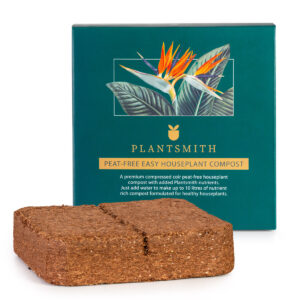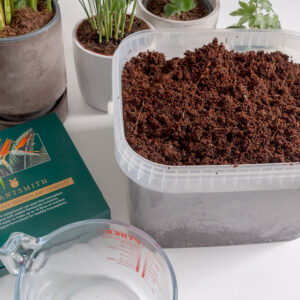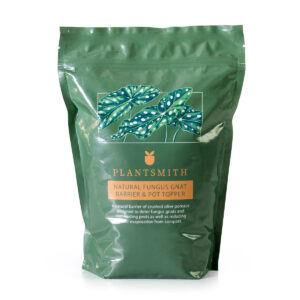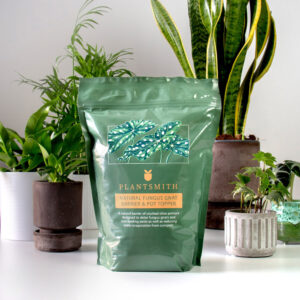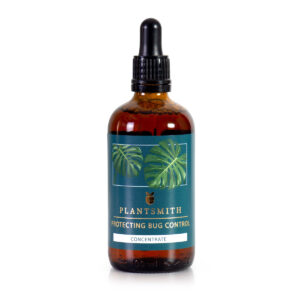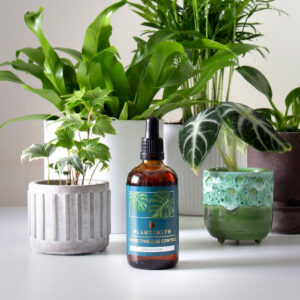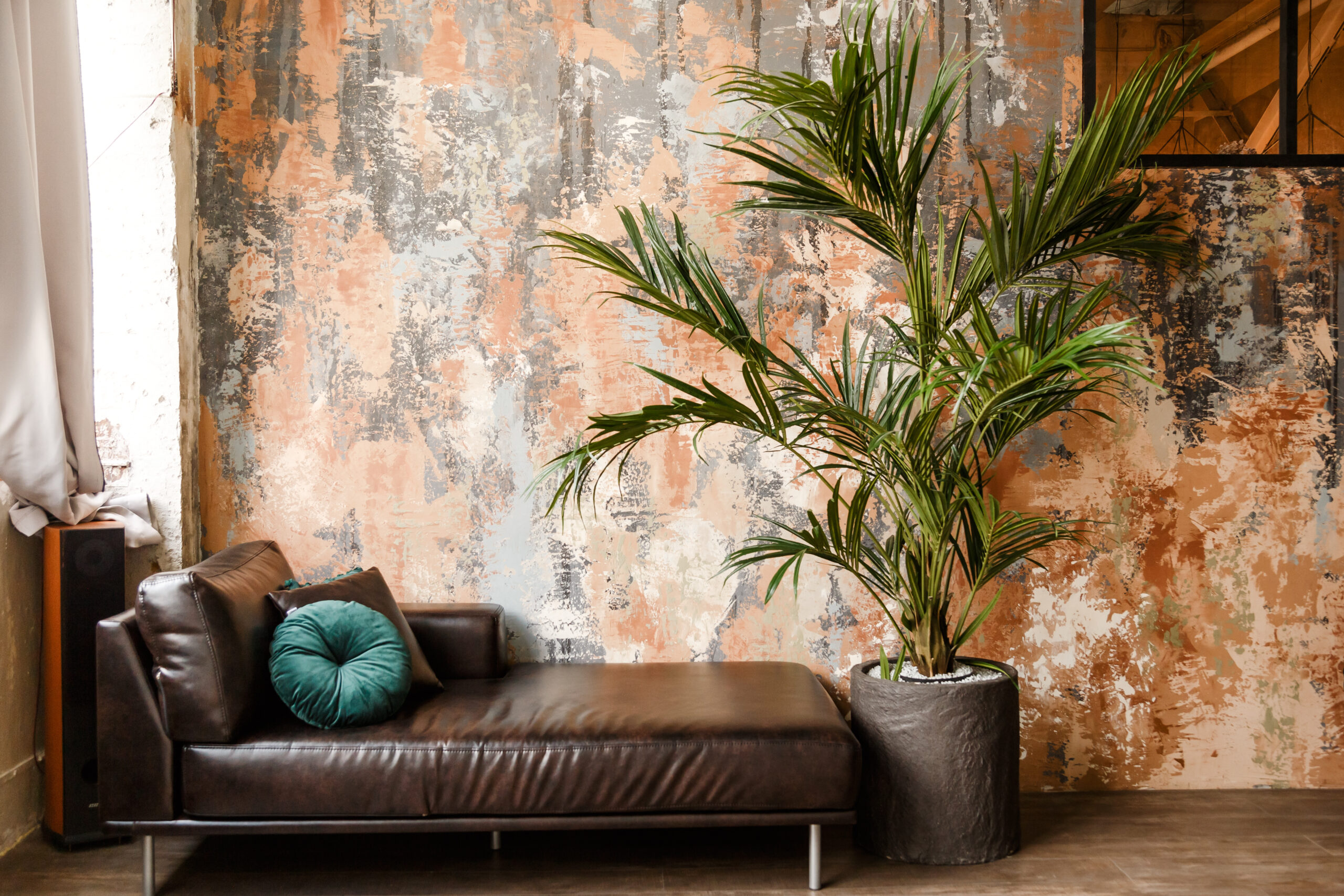If you’re looking to create a lush, leafy, tropical effect indoors, then kentia palms can’t be beat. This tender palm produces masses of tall, slightly arching stems clothed with long, tapering leaflets. Forming an elegant clump of foliage, it enjoys a reputation for being attractive as well as bombproof.
This lovely palm has been a popular indoors since its introduction to Britain back in the 1870s. It thrived in the low light conditions found in Victorian homes and was a favourite of Queen Victoria herself – kentia palms can often be seen in the background of photographs taken of the royal family during her reign.
A little bit of background
Kentia palms are native to Lord Howe Island, a tiny speck of land with a population of just 347 that lies in the Tasman Sea, between New Zealand and Australia. Known botanically as Howea forsteriana, it was originally given the Latin name Kentia, after William Kent, a British plant hunter who died in 1828.
In the wild these palms can reach heights of 10m (33ft) with a spread of 6m (20ft). Indoors, and grown in a container, it’s a different picture with plants growing to around 2-3m (6½-10ft) in time. Apart from its familiar common name it’s sometimes known as sentry palm, thatchleaf palm and paradise palm.
Perfect position for your Kentia Palm
These palms are sometimes placed in dark spots but this tends to result in leggy growth. They actually prefer a well-lit spot, out of direct sunlight. Therefore, avoid placing them right in front of south-facing windowsills. They like a little bit of humidity, so make ideal specimens for bathrooms and kitchens.
Looking after Kentia Palms
These palms are a doddle to look after. Remove any dead stems by cutting back to the base and snip back leaves if they turn brown at the tips. Mist a couple of times a week to improve humidity and to shift any dust. Feed plants about once a month during their growing season in spring and summer.
The biggest threat to kentia palms is overwatering. Water them lightly during the year, allowing the top layer of compost to dry out completely before giving them more. If you place a saucer under the plant, make sure you get rid of any excess liquid so the plant is not sitting in a ‘puddle’.
